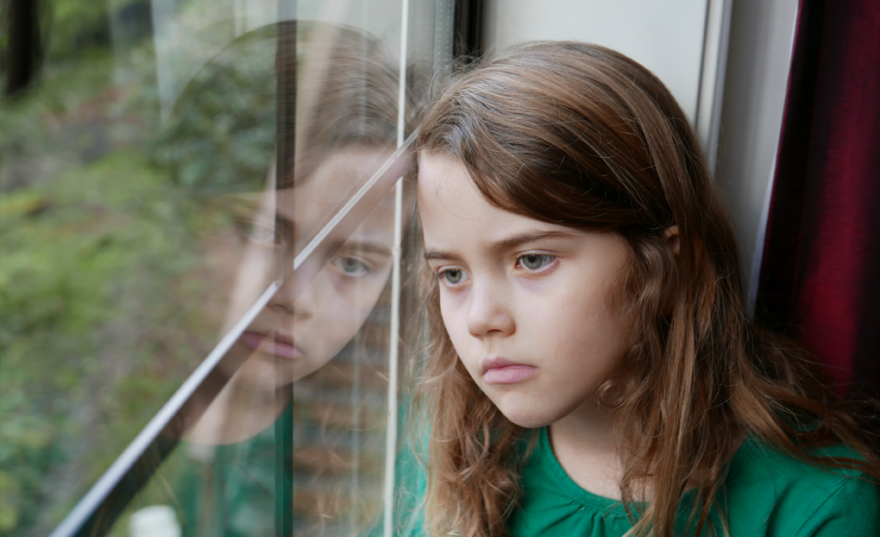A new study published in Child and Adolescent Mental Health has investigated what forms of support young people who self-harm find helpful. A team of researchers based in the UK recruited 126 adolescents (aged 11-21 years) who all had a history of self-harming within the past 6 months: 53 had experienced the care system and 73 had not. All participants completed self-interviews on their views about the support they had received to manage and promote their recovery from self-harm.
An interesting finding was that Child and Adolescent Mental Health Services was considered both the most helpful (n = 10) and the least helpful (n = 11) care service across all of the study participants. Informal forms of support (such as friends and pets) were consistently cited as the most helpful, while the social and emergency services were frequently cited as the least helpful.
“The results of this study highlight the importance of the people that surround the young person in everyday life — such as family, friends, partners and teachers — in terms of providing support with regard to their self-harm”, explains lead study author Josephine Holland. “The variety of responses from young people when asked what they found the most and least helpful shows how important it is to consider each young person individually, as what each young person finds helpful and unhelpful can be very different”.
Holland et al. conclude that although professional services clearly play a role, they are not the only means of helping young people who self-harm: we should also think holistically about how families, friends and schools can provide support.
Referring to
Holland, J., Sayal, K., Berry, A., Sawyer, C., Majumder, P., Vostanis, P., Armstrong, M., Harroe, C., Clarke, D. & Townsend, E. (2020), What do young people who self-harm find helpful? A comparative study of young people with and without experience of being looked after in care. Child Adolesc. Ment. Health. doi: 10.111/camh.12384.
Glossary
Self-harm: According to NICE, self-harm is “an expression of personal distress by an individual who hurts him or herself. Common methods of self-harm include cutting oneself and taking too many tablets or recreational drugs”.

